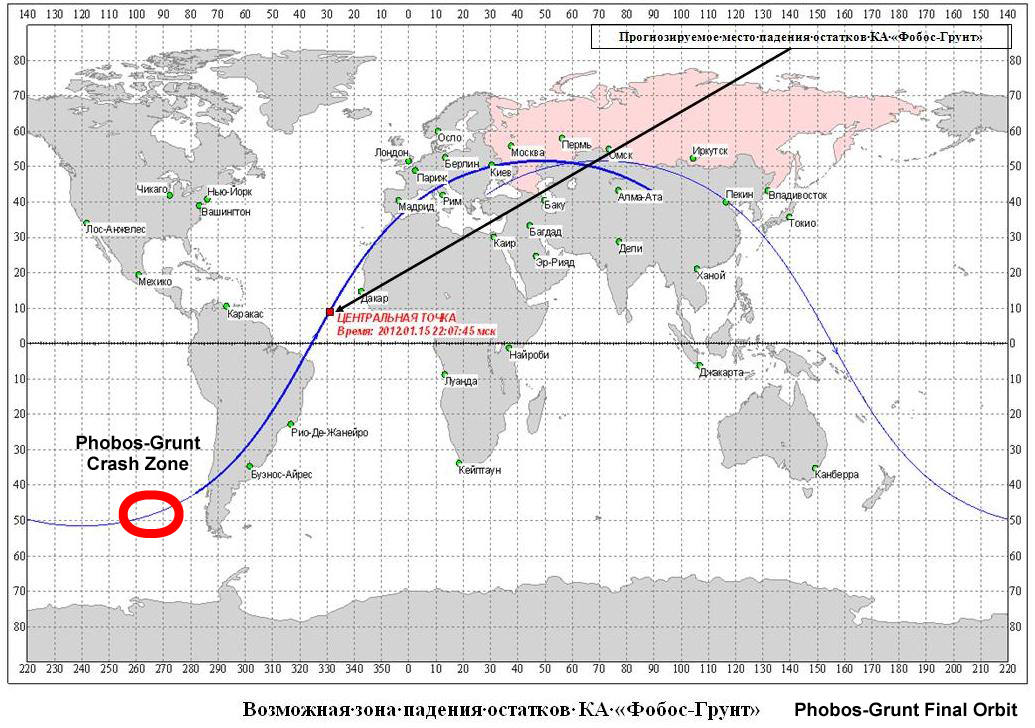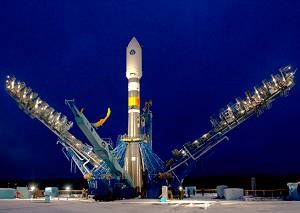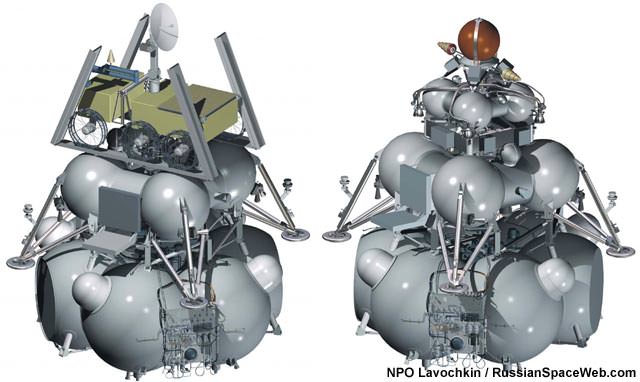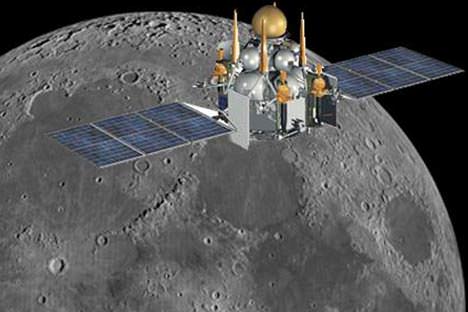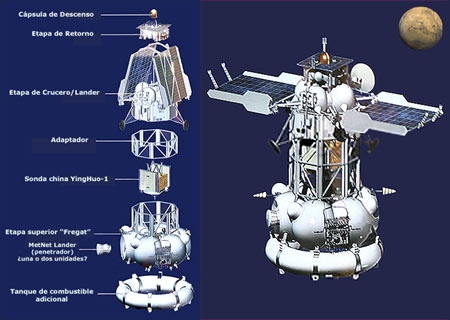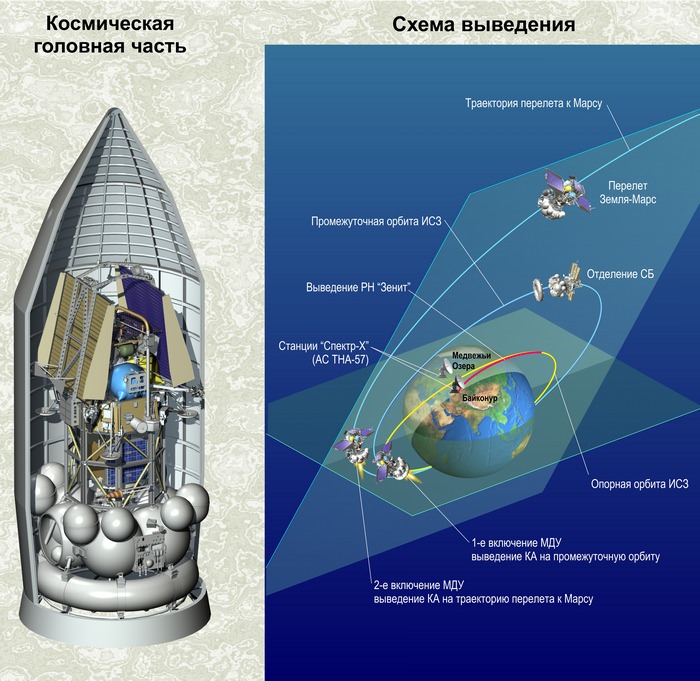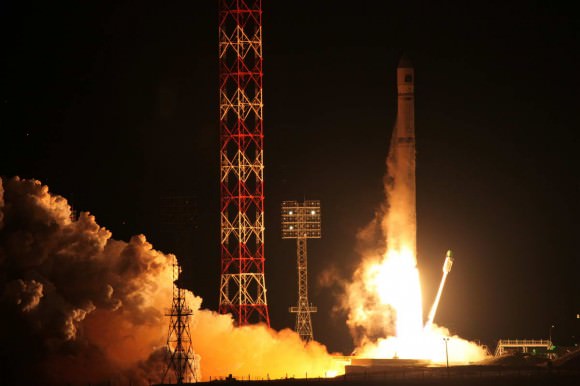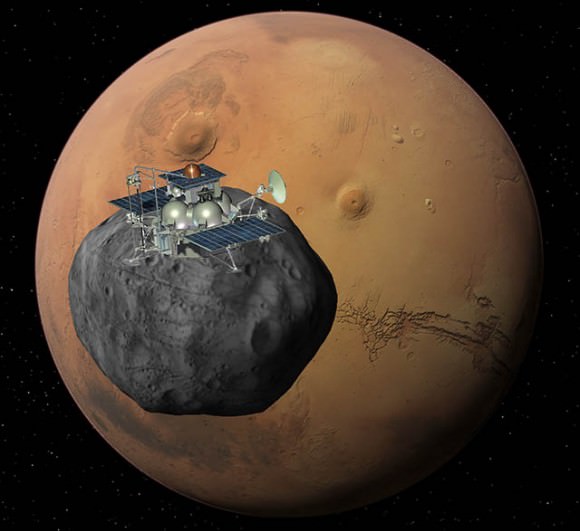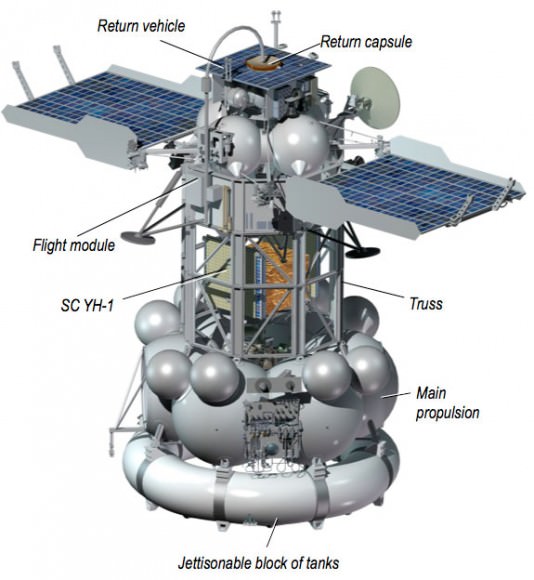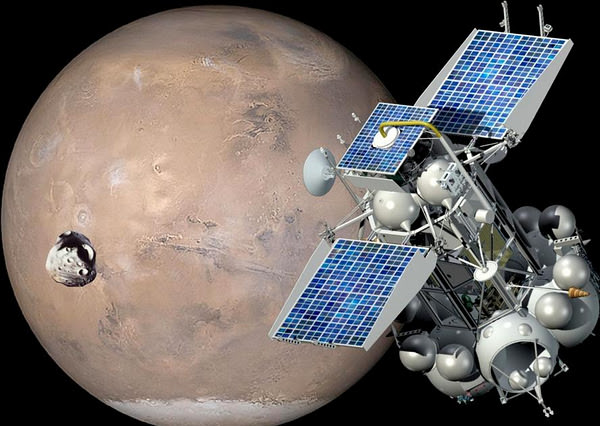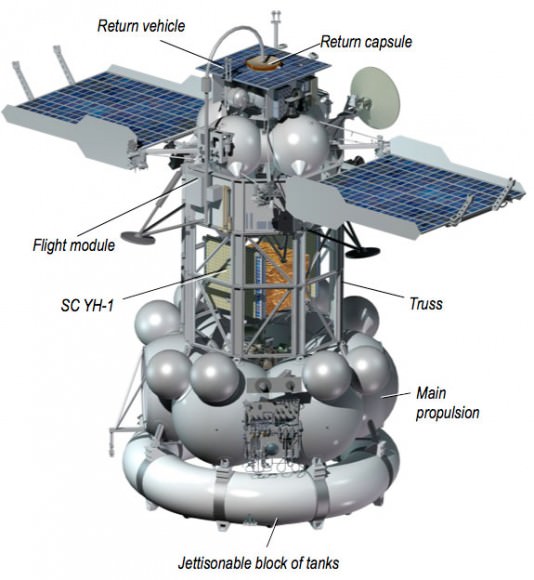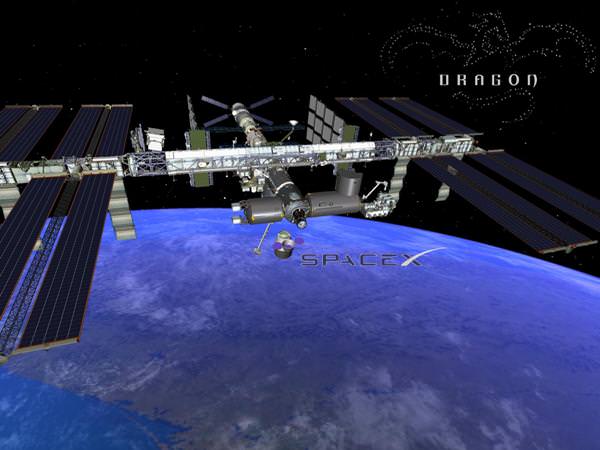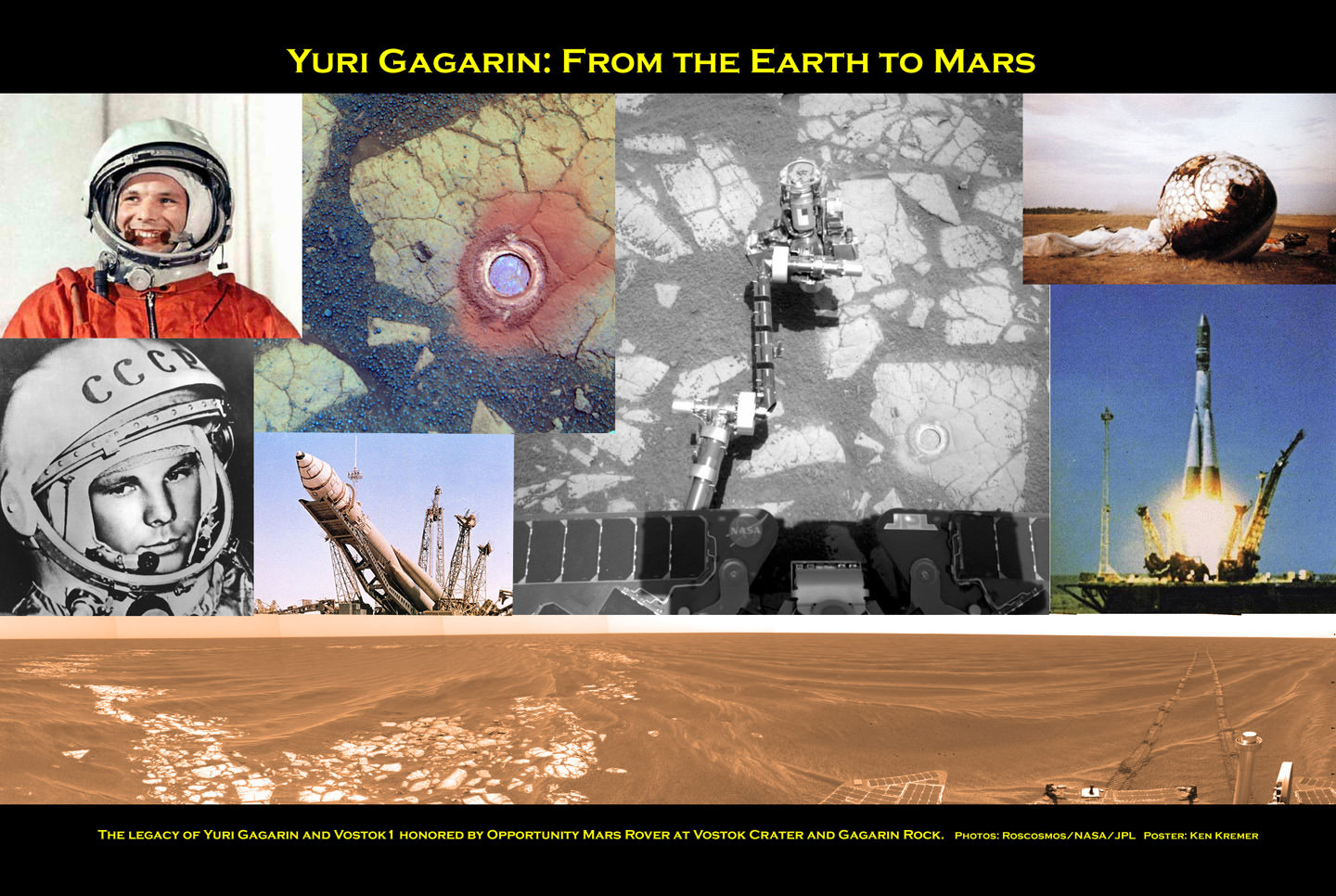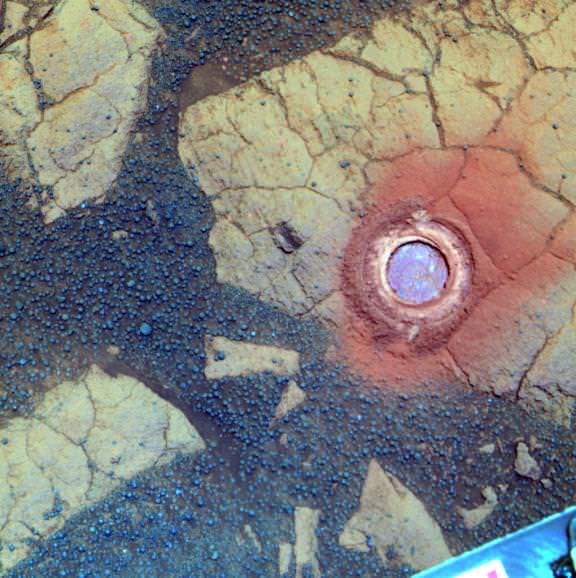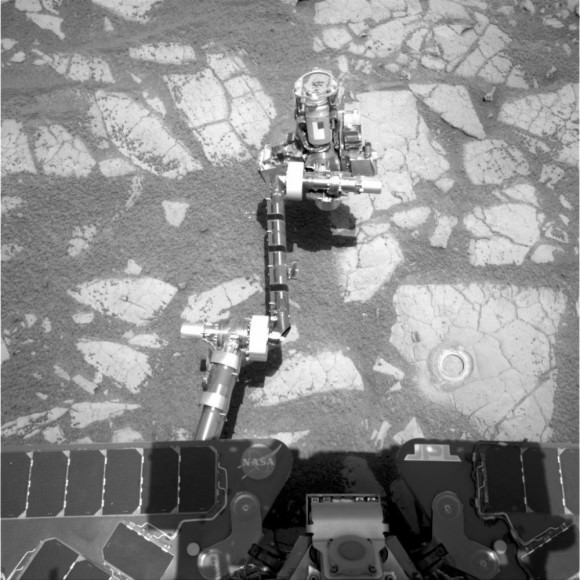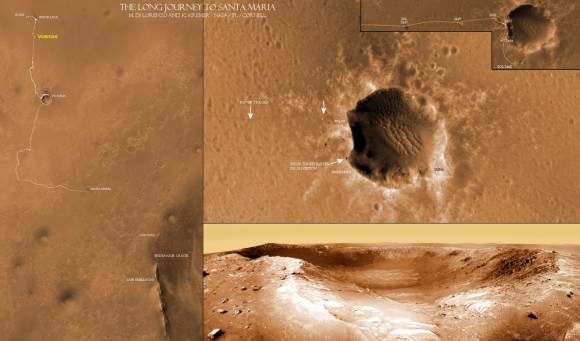[/caption]
Story and Crash Zone Map updated 1 p.m. EST Jan 16
Today (Jan. 15) was the last day of life for Russia’s ambitious Phobos-Grunt mission to Mars after a desperate two month race against time and all out attempts to save the daring spaceship by firing up a malfunctioning thruster essential to putting the stranded probe on a trajectory to the Red Planet, failed.
According to the Russian news agency Ria Novosti, the doomed Phobos-Grunt spacecraft apparently plunged into the southern Pacific Ocean today, (Jan. 15) at about 12:45 p.m. EST, 21:45 Moscow time [17:45 GMT] after a fiery re-entry into the Earth’s atmosphere.
“Phobos-Grunt fragments have crashed down in the Pacific Ocean,” Russia’s Defense Ministry official Alexei Zolotukhin told RIA Novosti. He added that the fragments fell 1,250 kilometers to the west of the Chilean island of Wellington.
Universe Today will monitor the developing situation and update this story as warranted. On Jan. 16 Roscosmos confirmed the demise of Phobos-Grunt at 12:45 p.m. EST in the Pacific Ocean – during its last orbit; #1097.
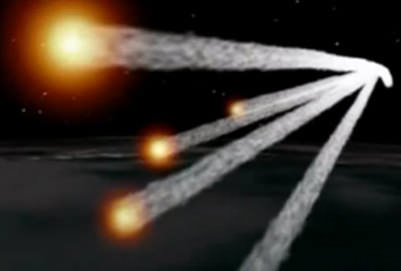
The demise of the Phobos-Grunt spacecraft was expected sometime today, (Jan 15) after a fiery and destructive fall back to Earth, said Roscosmos, the Russian Federal Space Agency, in an official statement released early today before the crash.
Since the re-entry was uncontrolled, the exact time and location could not be precisely calculated beforehand.
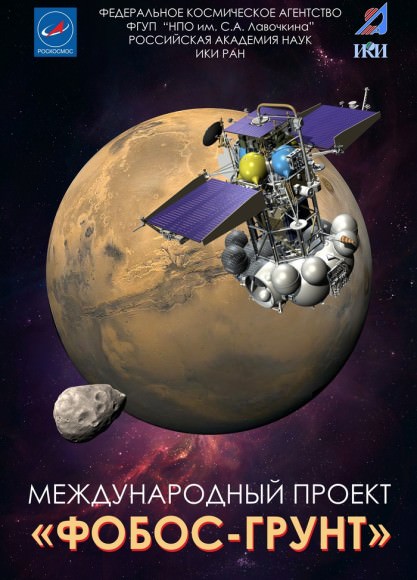
The actual crash time of the 13,500 kg space probe was slightly earlier than predicted.
Roscosmos head Vladimir Popovkin had previously stated that perhaps 20 to 30 fragments weighing perhaps 400 pounds (180 kg) might survive and would fall harmlessly to Earth.
The spacecraft burst into a large quantity of pieces as it hit the atmosphere, heated up and broke apart. But the actual outcome of any possible fragments is not known at this time.
Shortly after launching from the Baikonur Cosmodrome on Nov. 9, 2011, the probe became stuck in low Earth orbit after its MDU upper stage engines repeatedly failed to ignite and send the ship on a bold sample return mission to the tiny Martian Moon Phobos.
Phobos-Grunt was loaded with over 11,000 kg of toxic propellants, including dimethylhydrazine and dinitrogen tetroxide, that went unused due to the thruster malfunction and that were expected to be incinerated during the plunge to Earth.
Frictional drag forces from the Earth’s atmosphere had gradually lowered the ship’s orbit in the past two months to the point of no return after all attempts to fire the thrusters and raise the orbit utterly failed.
The audacious goal of Phobos-Grunt was to carry out history’s first ever landing on Phobos, retrieve 200 grams of soil and bring the treasured samples back to Earth for high powered analysis that could help unlock secrets to the formation of Mars, Phobos and the Solar System.
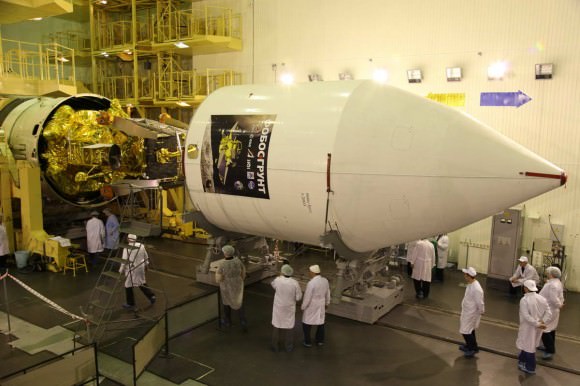
The Holy Grail of planetary science is to retrieve Martian soil samples – and scientists speculated that bits of the Red Planet could be intermixed with the soil of its mini moon Phobos, barely 15 miles in diameter.
The science return from Phobos-Grunt would have been first rate and outstanding.
It’s a sad end to Russia’s attempts to restart their long dormant interplanetary space science program.
The $165 mission was Russia’s first Mars launch in more than 15 years.
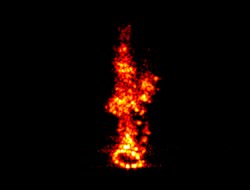
Credit: Fraunhofer FHR
Click to enlarge
Roscosmos had stated that the Atlantic Ocean – to the west of Africa – was at the center of the predicted crash zone. But nothing was certain and the probe had the possibility to crash sooner, perhaps over the Pacific Ocean or South America or later over Africa, Europe or Russia.
Roscosmos had predicted the time of the plunge to Earth to be from 12:50 p.m. EST and 1:34 p.m. EST (1750 to 1834 GMT) or 21:50 to 22: 34 Moscow time on January 15. The last orbit carried the probe over the Pacific Ocean towards South America on a northeasterly heading.
Russia enlisted assistance from ESA and the US in a bid to establish contact with the probe to reorient itself and fire up its engines for a belated journey to the Red Planet. Other than extremely brief signals the efforts proved futile and today’s Pacific plunge is the unfortunate end result.
Hopefully the Russians will not give up in despair, but rather fix the flaws and launch an exciting new Mars mission.
NASA has had better luck with their Mars mission this season.
The Curiosity Mars Science Lab rover is precisely on course to the Red Planet following the Jan 11 firing of the cruise stage thrusters for the first of up to 6 Trajectory Correction Maneuvers – read the details here
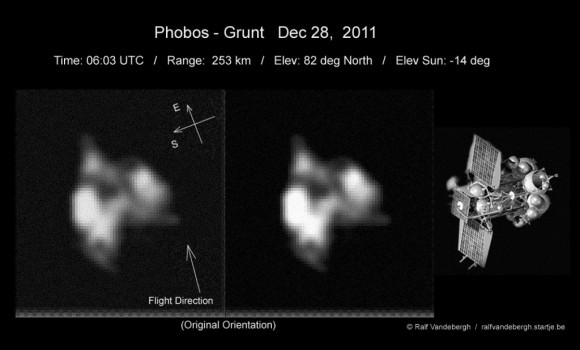
Read Complete Coverage about Phobos-Grunt, Curiosity and the Mars Rovers by Ken Kremer here:
Crucial Rocket Firing Puts Curiosity on Course for Martian Crater Touchdown
8 Years of Spirit on Mars – Pushing as Hard as We Can and Beyond !
2011: Top Stories from the Best Year Ever for NASA Planetary Science!
Opportunity Discovers Most Powerful Evidence Yet for Martian Liquid Water
Curiosity Starts First Science on Mars Sojurn – How Lethal is Space Radiation to Life’s Survival
Russians Race to Save Ambitious Phobos-Grunt Mars Probe from Earthly Demise
Russia’s Bold Sample Return Mission to Mars and Phobos Blasts Off
Russian Mars Moon Sample Probe Poised to Soar atop Upgraded Rocket – Video
Awesome Action Animation Depicts Russia’s Bold Robot Retriever to Mars moon Phobos
Phobos-Grunt and Yinghuo-1 Encapsulated for Voyage to Mars and Phobos
Phobos and Jupiter Conjunction in 3 D and Amazing Animation – Blastoff to Martian Moon near
Russia Fuels Phobos-Grunt and sets Mars Launch for November 9
Phobos-Grunt and Yinghou-1 Arrive at Baikonur Launch Site to tight Mars Deadline
Phobos-Grunt: The Mission Poster
Daring Russian Sample Return mission to Martian Moon Phobos aims for November Liftoff

